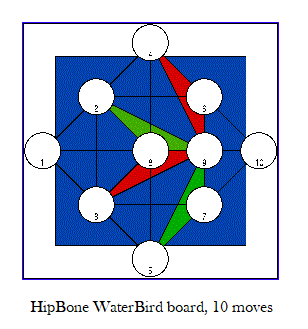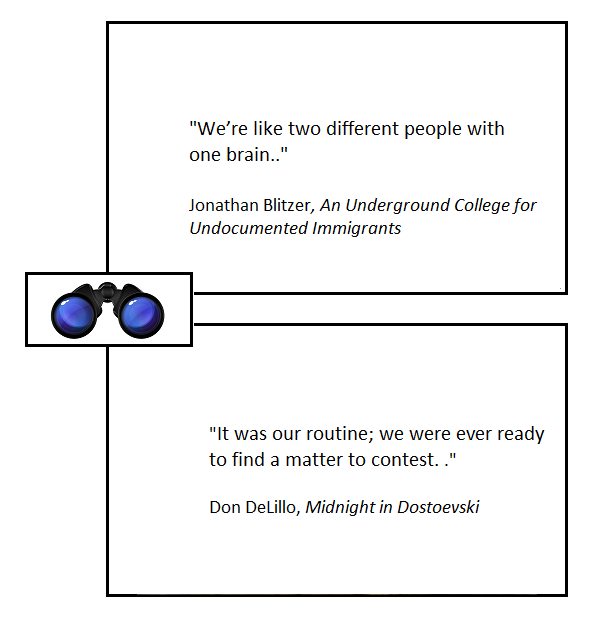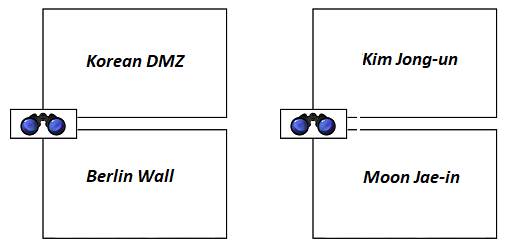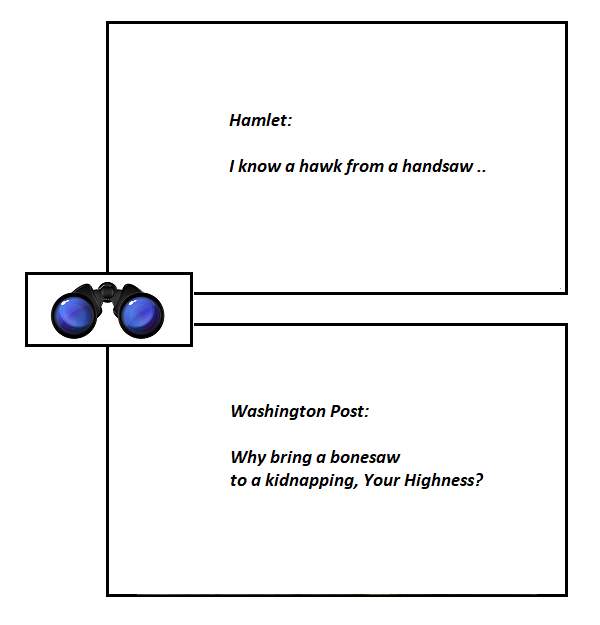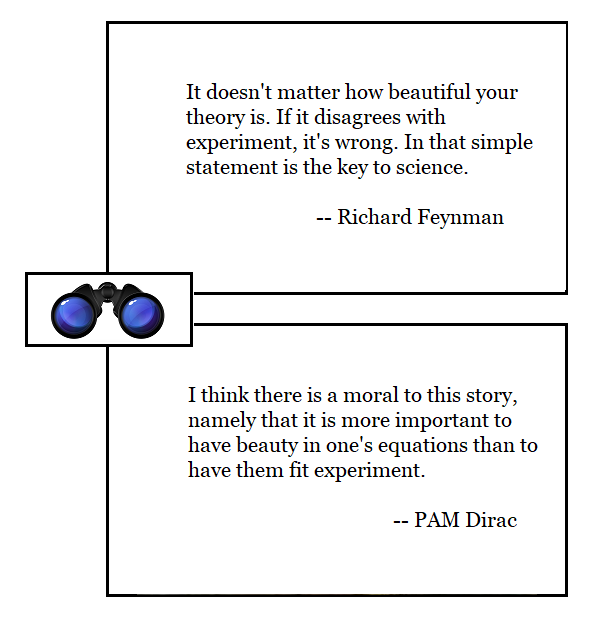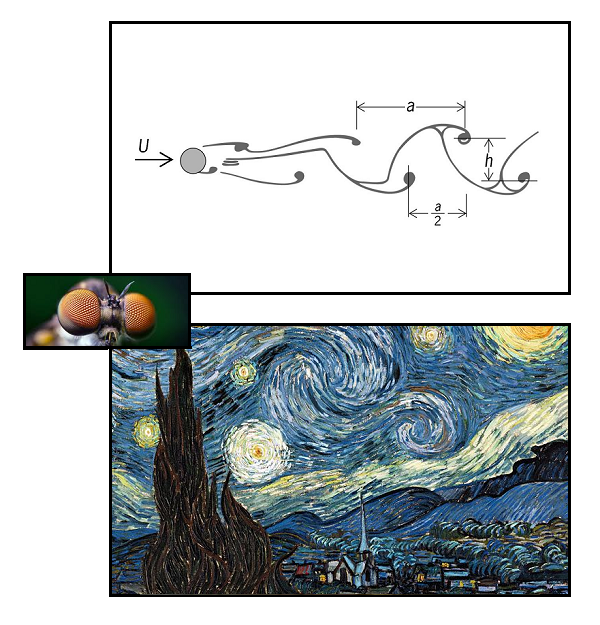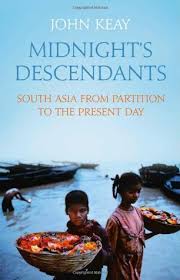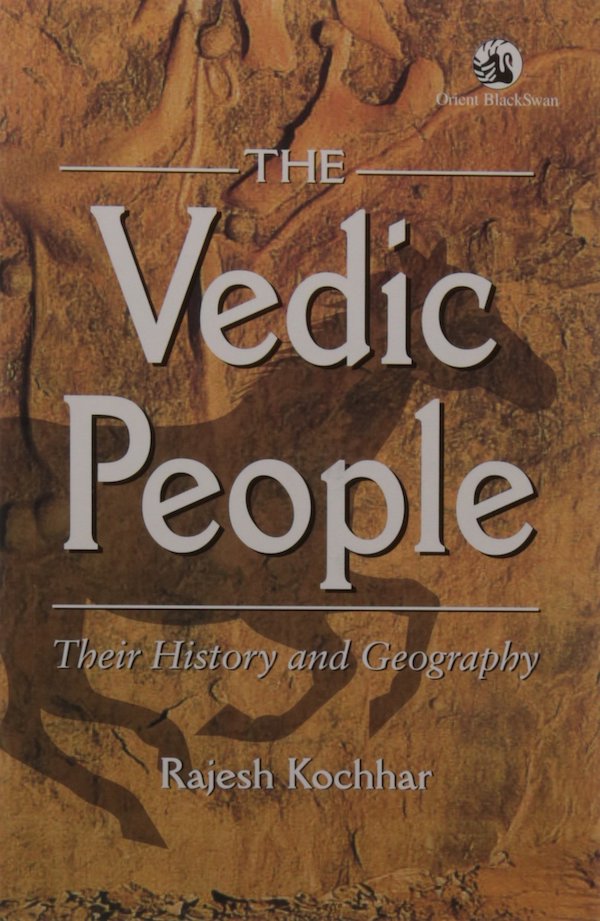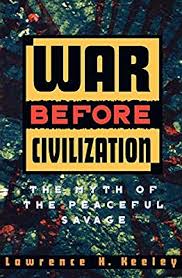 There is a lot of talk on this weblog about deaths in premodern conflicts. I want to clarify a few points, at least from my perspective.
There is a lot of talk on this weblog about deaths in premodern conflicts. I want to clarify a few points, at least from my perspective.
Both ancient DNA and conventional history and archaeology indicate that massive population turnovers occurred in the past. If you read a book like Genghis Khan: His Conquests, His Empire, His Legacy, you note that there is plenty of record of massacres and killings in targeted fashion during the Mongol expansion. The chaos and demographic collapse induced by the Mongols have been implicated in reforestation across vast swaths of Central Eurasia (which may then have produced climate change!).
We can also look to the deep past, and the more recent past. Latin America is characterized by incredible admixture between people of disparate ancestries. This is due in large part to 1) demographic collapse on the part of native peoples 2) migration of settlers from Iberia 3) transportation of slaves from Africa.
The evidence from Europe and South Asia is also strongly suggestive of massive population replacements. Depending on your model parameters about 50-75% of the ancestors of modern Northern Europeans who were alive 5,000 years ago had descendants who were intrusive to Northern Europe. Another way to say this is that 50-75% of the ancestors of modern Danes did not live in Denmark or nearby regions 5,000 years ago. A similar number for South Asia seems to be in the 10-30% range (again, depends on your model parameters).
This elicits the question: was there genocide?
The evidence from Latin America is clear. Though there was targeted genocide on the part of the Iberian conquerors, on the whole, the deaths were mostly due to the introduction of Eurasian diseases that resulted in a cascade of consequences which resulted in famine (the Black Legend is propaganda which has influenced our modern perceptions). When a human population lives on the Malthusian margin, small perturbations can result in death due to starvation. In the case of Latin America, it is known that incapacitation of a large enough proportion of prime-age adults due to illness resulted in famine, as crops were not planted or harvested in quantities necessary to sustain villages.
In other words, population collapse was a function of reduction in labor inputs into agriculture.
And, the reality is that the Iberian conquerors, who were often younger sons of aristocratic lineages, were not inclined to engage in mass-slaughter due to the reality of their aspiration of becoming rentiers. The importation of African slaves was to a great extent a direct consequence of shortages of exploitable labor (along with the humanitarian concerns of enslaving natives). Contrast this to the situation in the Phillippines or India, where Asian peoples provided resources to support leisure-seeking European elites.
A second fact is that premodern states were not capable of the sort of coordinated genocide that has been seen in the 20th-century. They lacked the weaponry, information technology, and organizational capacity to be particularly efficient. I don’t think it’s a coincidence that the coordinated genocides against Christian groups in the Ottoman and post-Ottoman realm occurred in the modern period (Armenians and Assyrians). The older Ottoman state was neither efficient enough nor did it have the means, to engage in total exterminationism (I also believe that 19th-century European-style nationalism probably made exterminationist feelings more ‘justified’ as well).
Probably the best premodern instance of ethnic cleansing we have on record is the Spanish expulsion of the Moriscos, which occurred on the basis of presumed blood lineage, not belief (e.g., many sincere Christian Moriscos were expelled as well!). But, that effort was incomplete and patchy, effective in some areas, totally ineffective in others, and haphazard in the criteria utilized (e.g., many people with Morisco ancestry were not expelled, while families which had been sincere Christians for generations were expelled).
Which brings me back to the earlier cases. What happened in Europe and India to induce population change?
There are several things going on in my opinion. First, not all late Neolithic/early Bronze Age societies had developed an ideology of elite exploitation to the level that we’d take for granted in the modern world. By this, I mean that the leaders of these agro-pastoralist societies may not have viewed farmers of different ethnicities as potential subjects, and so wealth. In conflicts between hunter-gatherer populations often warfare results in very high mortality rates, with young children and young women of the losers assimilated into the winners. There was no ideology of group assimilation for young men into an alien population, and in societies without specialized professions and economic systems, these men might not be seen as valuable in any sense except as consumption slaves (servants for powerful people, not economic producers).
In other words, conflicts between primitive societies can be thought of as “animal conflicts,” where two groups fight over resources and don’t view the losers of the other group as resources. In contrast, societies over the past few thousand years have tended to see the defeat of the enemy as a potential for elites to accrue new subjects from which they can extract rents. This was one of the arguments made to Genghis Khan by one of his Khitai advisors as to why he should not clear the land of northern China of people so as to create pastures for horses and sheep. People were more valuable than horses and sheep. He would be richer with more people.
Of course, these are people with spears (and later swords). I don’t think that most of the demographic collapse was due to direct killing. Rather, people living on the Malthusian margin, especially the sort of late Neolithic farming that was likely marginal in Northern Europe, were likely subject to the same famine dynamics as occurred in the New World. The IVC zone in South Asia was clearly more advanced, but it too many have been relatively fragile in comparison to the agricultural regimes of later South Asian societies.
The final issue is looping back to Muslims. Did they commit genocide? Did they exterminate the local populations? Probably. But, 95-99% of the ancestry of South Asian Muslims is the same as that of South Asian Hindus of the same region. Unlike the incursion of Indo-Aryans, the arrival of Muslims, mostly Turks, Afghans, and Persians did not have a major demographic perturbation in a direct sense (indirectly, technology and organizational skills introduced by Muslim elites may have resulted in disparate demographic growth of different regions in South Asia; e.g., Eaton’s argument for the expansion into eastern Bengal).
Additionally, Islam as a dominant ideology developed during the high-tide of rent-seeking elites. Though Muhammad’s status as a merchant meant that the religion was never constitutively anti-mercantile, conquest elites invariably aimed to extract wealth out of conquered populations. Arguably, the development of Islam is a direct consequence of how lightly Christianized Arab conquest elites developing an ideology which justified their extraction of rents (“protection taxes”) from conquered populations, as well as maintaining their separateness and distinctness.
In the Indian context, many will point out that Islamic chroniclers note the despoilation and slaughter upon the local population. I would suggest that one be cautious about the propagandistic nature of ancient conflict and war (this begins with the Battle of Kadesh). Ancient chroniclers seem to have exaggerated numbers and effectiveness routinely. At least in the early modern period, most casualties due to battlefield injuries were the consequence of infection, not immediate trauma. Similarly, I suspect that the depopulation of an invaded region was more likely a consequence of the disruption of local social fabrics more than direct killing with arrows, swords, and spears (killing people expends a lot of energy and is risky).
Because of the nature of this blog, of course, this post ends with the arrival of Muslims to India. The stupid and the disingenuous (or a mix of both) seem to fix on two extreme positions:
- Muslims arrived and ushered in an orgy of slaughter driven primarily by the motive of oppressing the kuffar
- Turks arrived in India, and like earlier invaders aimed to extract resources and dominate the location population
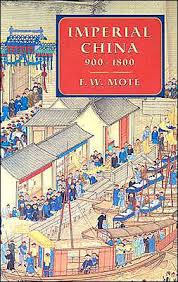 These caricatures serve ideologies but don’t describe reality. Both materialist and non-materialist motives need to be considered. The chroniclers of the arrival of self-conscious Muslim military forces to South Asia clearly wished to present it as an ideological and religious act. These were ghazis, just as far to the west, the Ottomans began as ghazis. But it is also impossible not to notice the family resemblance of Muslim Turks moving into South Asia in the centuries after 1000 A.D. with the invasions and conquest of China by Turkic, Mongolic and Tungusic peoples in the centuries after 1000 A.D.
These caricatures serve ideologies but don’t describe reality. Both materialist and non-materialist motives need to be considered. The chroniclers of the arrival of self-conscious Muslim military forces to South Asia clearly wished to present it as an ideological and religious act. These were ghazis, just as far to the west, the Ottomans began as ghazis. But it is also impossible not to notice the family resemblance of Muslim Turks moving into South Asia in the centuries after 1000 A.D. with the invasions and conquest of China by Turkic, Mongolic and Tungusic peoples in the centuries after 1000 A.D.
Not surprisingly, the Khitai, Jurchen, and Mongols, all made some ideological claims for their acts of aggression of conquest, often post facto and tenuously. The Khitai and Jurchen integrated themselves into the Han Chinese worldview and presented themselves more worthy stewards of the Mandate of Heaven than the Song rulers of China. The Mongols also did this, though perhaps even more foregrounded was their own peculiar ideology than their sky god had given the whole world to them to subjugate (the Mongol Yuan dynasty also gave special consideration to Tibetan Buddhism, which alienated their Han subjects).
But of course, we would notice that the major consequence of the Mongol Yuan dynasty was the transfer of resources from Han Chinese elites to arriviste Mongol elites. The overthrow of the Yuan resulted in the expulsion of the killing of many of these hated Mongol landlords. Ideological rationales were given, but the memories of Han elite dispossession were fresh.
 And yet despite the fig-leaf that ideology provides, differences may result from such distinctions. The Khitai and the Mongols were more punctilious is differentiating themselves from their Han subjects than the Jurchen. They maintained their separateness due to their reduced respect and veneration of Confucian norms. And, notably, the philo-Sinic Jurchen were assimilated into the Han to a far greater extent than the Khitai and the Mongols.
And yet despite the fig-leaf that ideology provides, differences may result from such distinctions. The Khitai and the Mongols were more punctilious is differentiating themselves from their Han subjects than the Jurchen. They maintained their separateness due to their reduced respect and veneration of Confucian norms. And, notably, the philo-Sinic Jurchen were assimilated into the Han to a far greater extent than the Khitai and the Mongols.
Similarly, in South Asia, the ideological distinctions between the rentier class of Turks and West Asian Muslims, and native Indians was sufficient for the absorptive process to halt. Synthesis occurred. But amalgamation did not proceed to completion. In David Cannadine’s Ornamentalism the author argues that the religious difference was also the key reason that the Indian elite, Muslim, Sikh, and Hindu, did not intermarry with the British gentry.
The various arcs of history cannot be easily defined by grade-school level Marxism, or internet Hindu level psychoanalysis. In all regions that self-conscious Muslim conquest elites established themselves, their sense of distinctness, superiority, and God-given right to rule are clear. But, all these groups, whether it be the slaving regimes of Arabs in East Africa, the Ottomans in the Balkans, and yes, Muslims in South Asia, exhibited a strong orientation toward pragmatic exploitation of the riches of the regions which they conquered.
Addendum: I’m going to delete stupid comments. This means if you leave a 2,000-word comment that’s stupid, it will be for naught.
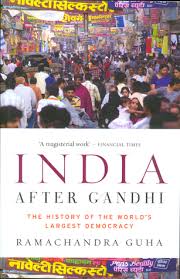 I know many people are critical of Ramachandra Guha’s India After Gandhi: The History of the World’s Largest Democracy (e.g., my friend Reihan Salam is not a big fan), but Amazon is running a Kindle Deal on it (at least in the USA). So it’s $1.99 currently.
I know many people are critical of Ramachandra Guha’s India After Gandhi: The History of the World’s Largest Democracy (e.g., my friend Reihan Salam is not a big fan), but Amazon is running a Kindle Deal on it (at least in the USA). So it’s $1.99 currently.


